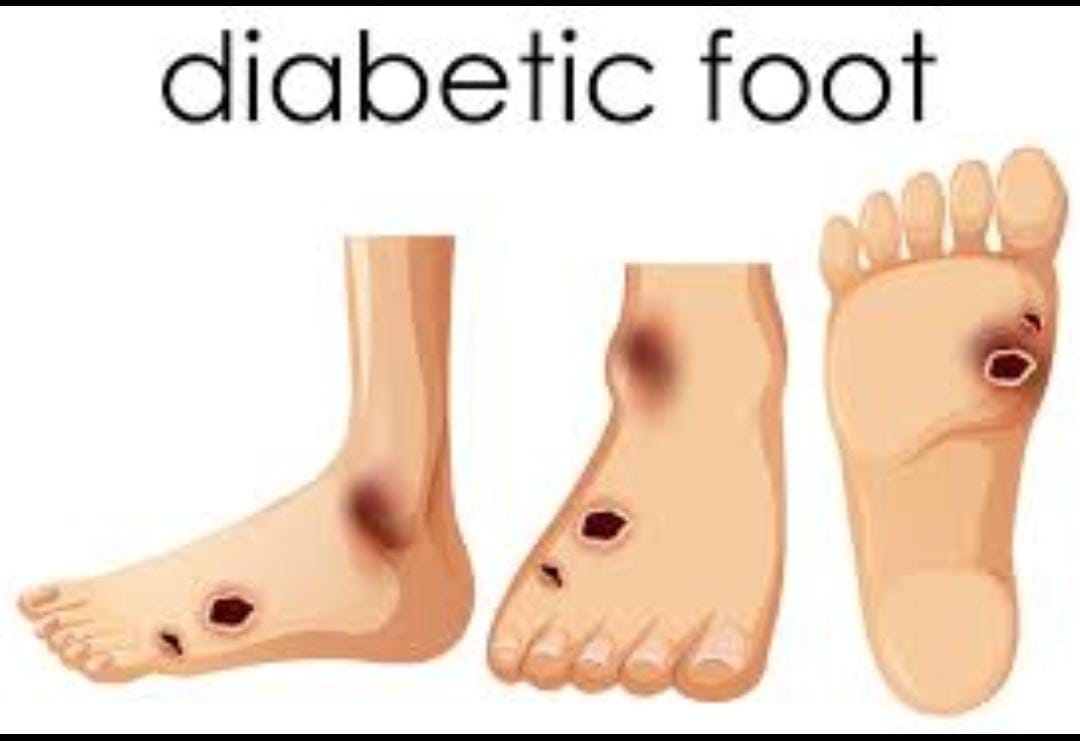About us
BALAJI CAPRO_Since 1979.
Capro Footwear is India’s # 1 Ortho brand of custom made footwear having served thousands of customers over the years. capro has been providing customers customized handmade Diabetic & Orthopedic footwear. Over the years we have worked very closely with country’s leading orthopedic surgeons, podiatrists and diabetologists and have scientifically designed footwear that is specially fabricated to suit all diabetic patients as well as patients requiring orthopedic care, correction & rehabilitation. caproIndia’s foremost supplier of Customized MCR Slippers, MCR Footwear, MCR Chappals, MCR Sandals, Silicon Gel Embedded Soft Heel Cushion Slippers, MCP Footwear, MCR Shoes, Orthopedic Footwear, Diabetic Footwear. We measure your feet and manufacture according to your need. Home Visits Undertaken, Orthopedic shoe stores catering to all forefoot disorders, MCR Slippers for Heel Pain, Corns, Calcaneal Spur, Flat Foot Arch, Bunions, Limb Length Discrepancy, Plantar Fasciitis, Achilles Tendonitis.
capro is backed by technical know how of experts from premier footwear design & research institutes in the country. Our Founder and CEO is an M.B.A and alumnus of country’s top footwear design institute recognized by
Govt. Of India. He has wide international exposure having travelled widely overseas to USA, Belgium, Singapore, South Africa, Mauritius, Madagascar, Bangladesh, China, Philippines & Malaysia.
capro foot care products are bio-mechanically designed and our specialty footwear are available at very affordable cost with prices starting from Rs.290 (US$4.20) onwards……

Our mission is to reach as many people as possible all across the globe, ‘ we sell more because we sell quality products for less ‘. We have grown over the years primarily due to our wide range and our commitment towards ‘Quality & Service’.
The plantar fascia is the flat band of tissue (ligament) that connects your heel bone to your toes. It supports the arch of your foot. If you strain your plantar fascia, it gets weak, swollen, and irritated (inflamed). Then your heel or the bottom of your foot hurts when you stand or walk. Plantar fasciitis its common in middle-aged people. It also occurs in younger people who are on their feet a lot, like athletes or soldiers. It can happen in one foot or both feet. Plantar fasciitis is caused by straining the ligament that supports your arch. Repeated strain can cause tiny tears in the ligament. These can lead to pain and swelling. This is more likely to happen if: Your feet roll inward too much when you walk (excessive pronation ).

You have high arches or flat feet. You walk, stand, or run for long periods of time, especially on hard surfaces. You are overweight. You wear shoes that don’t fit well or are worn out. You have tight Achilles tendons or calf muscles. Most people with plantar fasciitis have pain when they take their first steps after they get out of bed or sit for a long time. You may have less stiffness and pain after you take a few steps. But your foot may hurt more as the day goes on. It may hurt the most when you climb stairs or after you stand for a long time.

If you have foot pain at night, you may have a different problem, such as arthritis, or a nerve problem such as tarsal tunnel syndrome. Your doctor will check your feet and watch you stand and walk. He or she will also ask questions about: Your past health, including what illnesses or injuries you have had. Your symptoms, such as where the pain is and what time of day your foot hurts most. How active you are and what types of physical activity you do. Your doctor may take an X-ray of your foot if he or she suspects a problem with the bones of your foot, such as a stress fracture. No single treatment works best for everyone with plantar fasciitis. But there are many things you can try to help your foot get better : Give your feet a rest. Cut back on activities that make your foot hurt. Try not to walk or run on hard surfaces. To reduce pain and swelling, try putting ice on your heel. Or take an over-the-counter pain reliever like ibuprofen (such as Advil or Motrin), naproxen (such as Aleve), or aspirin. Do toe stretches , calf stretches and towel stretches several times a day, especially when you first get up in the morning. (For towel stretches, you pull on both ends of a rolled towel that you place under the
ball of your foot.)

Get a new pair of shoes. Pick shoes with good arch support and a cushioned sole. Or try heel cups or shoe inserts (orthotics ). Use them in both shoes, even if only one foot hurts. If these treatments do not help, your doctor may give you splints that you wear at night, shots of steroid medicine in your heel, or other treatments. You probably will not need surgery. Doctors only suggest it for people who still have pain after trying other treatments for 6 to 12 months.
Source : http://www.webmd.com/a-to-z-guides/plantar-fasciitis-topic-overview
Corns and Calluses Clinical Trials and detailed observations. Corns and calluses on the feet are thickened areas of skin that can become painful. They are caused by excessive pressure or rubbing (friction) on the skin. The common cause is poorly fitting shoes. A person who is qualified to diagnose and treat foot disorders (a podiatrist) can cut away (pare) corns and calluses and can advise on footwear, shoe insoles and padding to prevent


